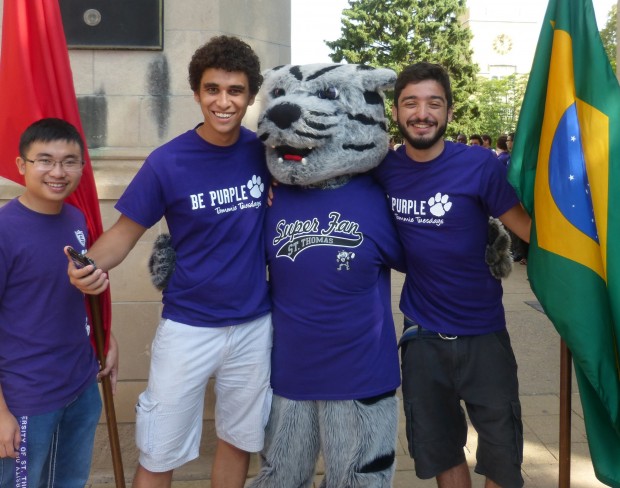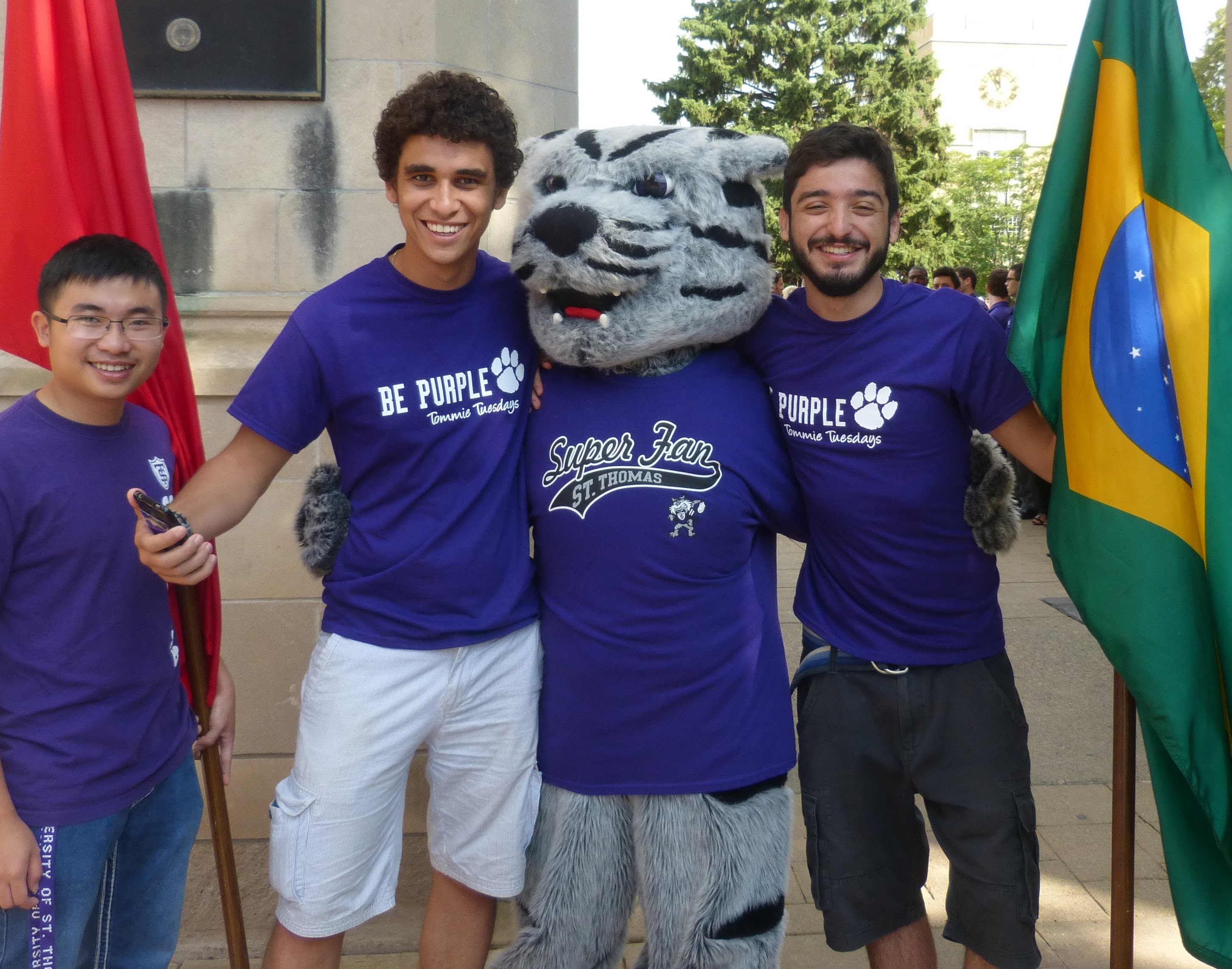
The Institute of International Education has reported a general increase of international students studying in the U.S. and Minnesota is experiencing an even more rapid development.
The IIE issued a report showing that the number of international students studying in Minnesota has reached nearly 14,500, a 20 percent increase since 2010.
While Minnesota has become a hot spot for international students, St. Thomas is ranked fourth among the top five schools in the state with the most international students. The university has a total of 536 international students currently enrolled in undergraduate and graduate studies, a 52 percent increase since 2010. This 5.2 percent of the student body at St. Thomas.
Director of St. Thomas’ International Student Services Lori Friedman said a U.S. education is desirable to students in many countries, due to its ability to provide greater opportunities back home.
“I think the U.S. is very strong in that [quality of education].” Friedman said. “It’s competitive with other markets, Australia, England … but still the cost is something that the U.S. has that other markets don’t, for example, in Europe.”
According to Friedman, St. Thomas’ presence in the Twin Cities, along with the university’s mission, helps makes St. Thomas desirable.
“With us, it’s the quality of a private education, small class sizes, professors teaching … Twin Cities market for businesses and Fortune 500 companies is a huge attraction, and then word of mouth is very strong,” Friedman said.
The country that makes up a quarter of St. Thomas’ international student enrollment is Saudi Arabia. Freshman and finance major Yousif Alkhalifa said that while he loves studying at St. Thomas, the U.S. education system is much different from what he is used to.
“Homework we’ve never done, long homework or reading too much, we don’t have that stuff. But here we have long homework, we have papers, and this stuff we never do that back home,” Alkhalifa said.
Unlike most international students, Alkhalifa said he has a background studying in the U.S. and even a few close connections to St. Thomas, which made it easy for him to choose which school to attend.
“I have like five cousins studying here right now,” Alkhalifa said.
While international students are usually excited to study in the U.S., most face some common obstacles. Friedman said many deal with a major cultural adjustment and must build a new support system.
“It’s very different from many other countries. Everything, from attendance to homework, can be a new concept for many people as opposed to just taking finals,” Friedman said. “In many other countries, instructors, instruct and teach and you don’t speak, so the amount of value that is placed on class participation here, and then having a lack of confidence with the language on top of not being used to participating and maybe being an introvert, if you throw all of those in, that’s going to be difficult for certain people.”
Alkhalifa said he enjoys class participation compared to his home country’s style of teaching.
“When you participate in things you learn more, but when you just listen, you don’t learn enough. When the teacher makes you do homework or they ask you to participate in class, that’s help you study or learn more,” Alkhalifa said.
Friedman believes the number of international students at St. Thomas will increase in coming years.
“Definitely know there are goals to increase it with St. Thomas, and a part of our St. Thomas strategic priority is globalization and increasing international student enrollment,” Friedman said.
Noura Elmanssy can be reached at elma7206@stthomas.edu

